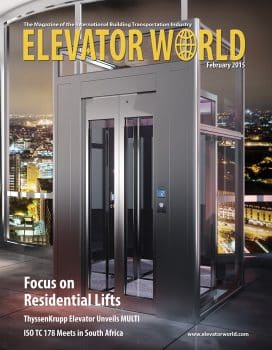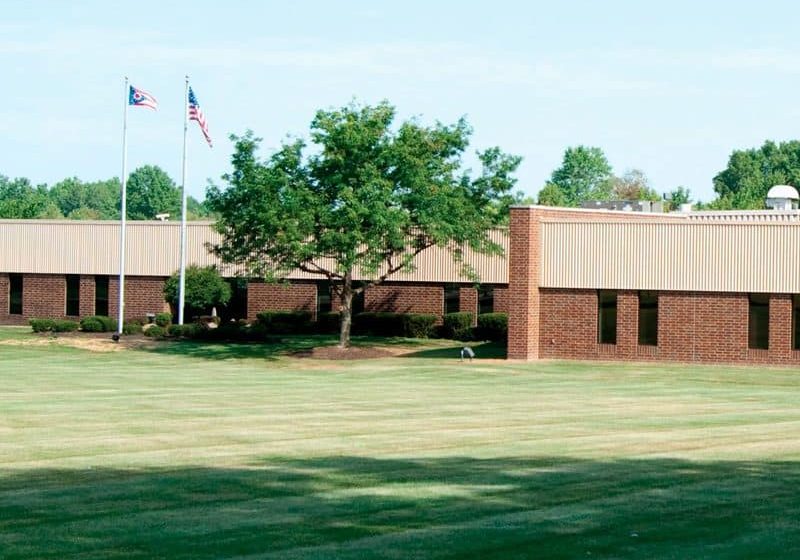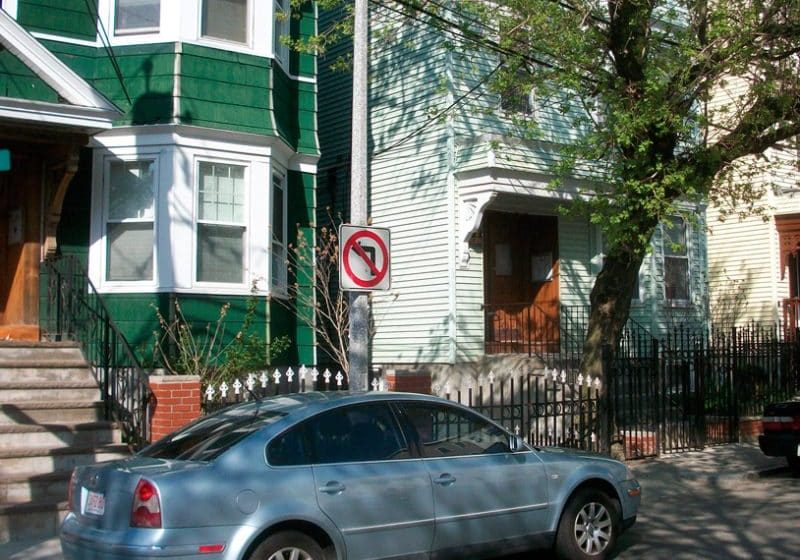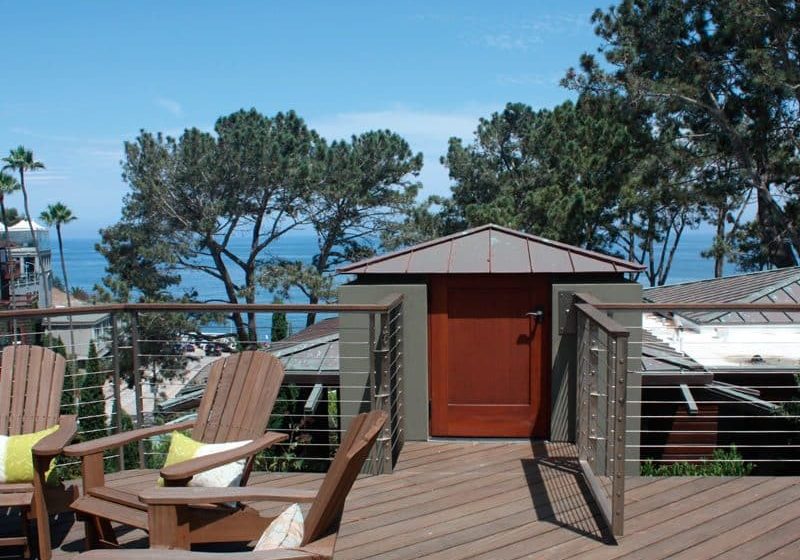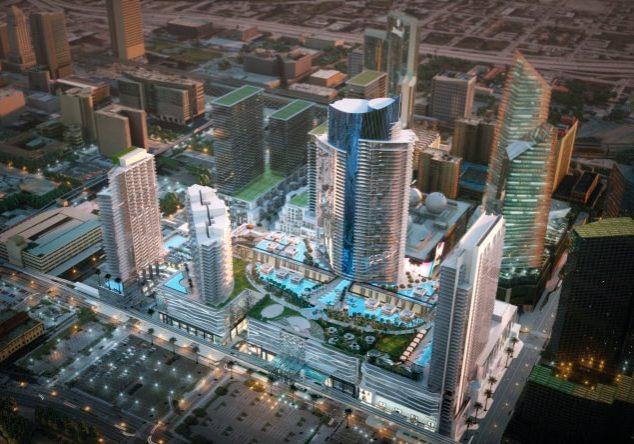Twenty-six years ago, Marty McFly went to 2015 – the future – on a “hoverboard” in the movie Back to the Future II.[1] There, he stirred up a great deal of trouble that only Christopher Lloyd could get him out of. Now, an elevator system designed for the future of high-rise building is taking a note from the past and improving on it. The press release we received said, “It’s the Holy Grail of elevators.” And ThyssenKrupp Elevator may be right – multidirectional travel within a building has been discussed and awaited for years.
In 1996, Otis presented a system, Odyssey, which moved horizontally, in addition to vertically. It, too, had a linear drive. One would have to judge it a success, as it has carried millions of passengers in Disney World’s The Twilight Zone Tower of TerrorTM in Florida since its inception. But, to our knowledge, Odyssey never had a practical building installation. Now, the ante has been upped with the MULTI system being developed by ThyssenKrupp Elevator. MULTI has horizontal and vertical travel and a linear drive system, but it also has multiple cars in a hoistway like the paternoster of old. This changes the whole equation for the market. An installation is anticipated by 2016 (see page 70 for “MULTI: A Paternoster for the Future”). To compare the two systems, see our Online Extras, “Odyssey,” from November 1996 and other associated articles. Systems like MULTI and Odyssey are the proposed answers to the question, “How do we go higher?”, i.e., “How will we successfully elevator the mile-high building that is sure to come in the near future?”
Oddly enough, the rest of our book this month focuses on low rise – very low rise, as in Residential Elevators. However, that is not by accident, as both are growth areas for the elevator industry. First, there are new entries to the lineup of residential manufacturers: Canton in Ohio steps into the residential market, and IGV Group of Italy opens a U.S. branch in Miami offering its DomusLift. The nationwide Symmetry dealer network also offers home elevators, as well as limited-use/limited-application elevators. Lawrence J. Fabian, our automated-people-mover correspondent, writes about Climate Change in the City, noting the rise in apartment living and downtown interest as good for the elevator industry. Johnathan Kazmierczak of Rocky Mountain Elevator Products urges readers about alternatives in Choosing Safety over Aesthetics. In a fiery Readers Platform, Les Katz maintains that U.S. Codes Inhibit Innovation in the residential market. We cap off the Focus Topic with two articles about residential elevators in use in vastly different settings. The first, Manzanita Cottage, is a modern vacation home, while in Future Proofing History, the chairman of Stannah Lifts installs an elevator in his 17th-century English estate so that future generations can continue to live there into their senior years.
We were lucky to have Louis Bialy write about the recent ISO TC 178 Plenary Meeting in South Africa. Bialy is from that area, and his take on it is full of local color only he could find.
Both extreme high rise and extreme low rise are signposts of the future. With populations increasing, and increasingly moving to the inner city, multipurpose buildings with residential and retail will continue to get taller. At the same time as world populations age and become reasonably affluent, there will be an increased market for low-rise residential elevators. We are seeing this market growing in the U.S., China, Australia and Japan.
[1] Even Nike is celebrating “Back to the Future” in 2015 with a special edition shoe called the Nike Air MAG hightop. They are equipped with “power laces,” which tighten on their own when feet are placed inside. Nike filed a U.S. Patent for self-lacing shoes in July 2014, featuring motorized rollers embedded in the soles.
Get more of Elevator World. Sign up for our free e-newsletter.

